Fire Risk Assessment Reports
All commercial premises and residential properties require Fire Risk Assessments. A written fire risk assessment report is needed for all properties.
We take the stress out of fire safety risk assessments by providing experienced consultants in your industry.
Contact us to discover how our assessors can help protect your business, staff, and visitors.

Full of expert knowledge will most definitely use Ray again!
Jaginder Chand
Google Reviews ⭐⭐⭐⭐⭐
“Focus on growing your business –
we’ll handle your fire risk assessment.”

“We bought a block of flats, we did not much about the regulations, I googled & found Ray’s company. From day 1 he guided us and explained everything thoroughly. If I had any questions I forgot to ask, he would always answer my call, not like a lot for companies.”
Google Review ⭐⭐⭐⭐⭐
Don’t wait until it’s too late – contact us today and take the first step toward safer, more secure flats!
Safety Starts with a Thorough Fire Risk Assessment. Let’s make sure yours is done right!
“Excellent service, very informative – he knew his stuff, and coupled with decent pricing. Would highly recommend for fire risk assessment works.”
Adam
Google Review ⭐⭐⭐⭐⭐


